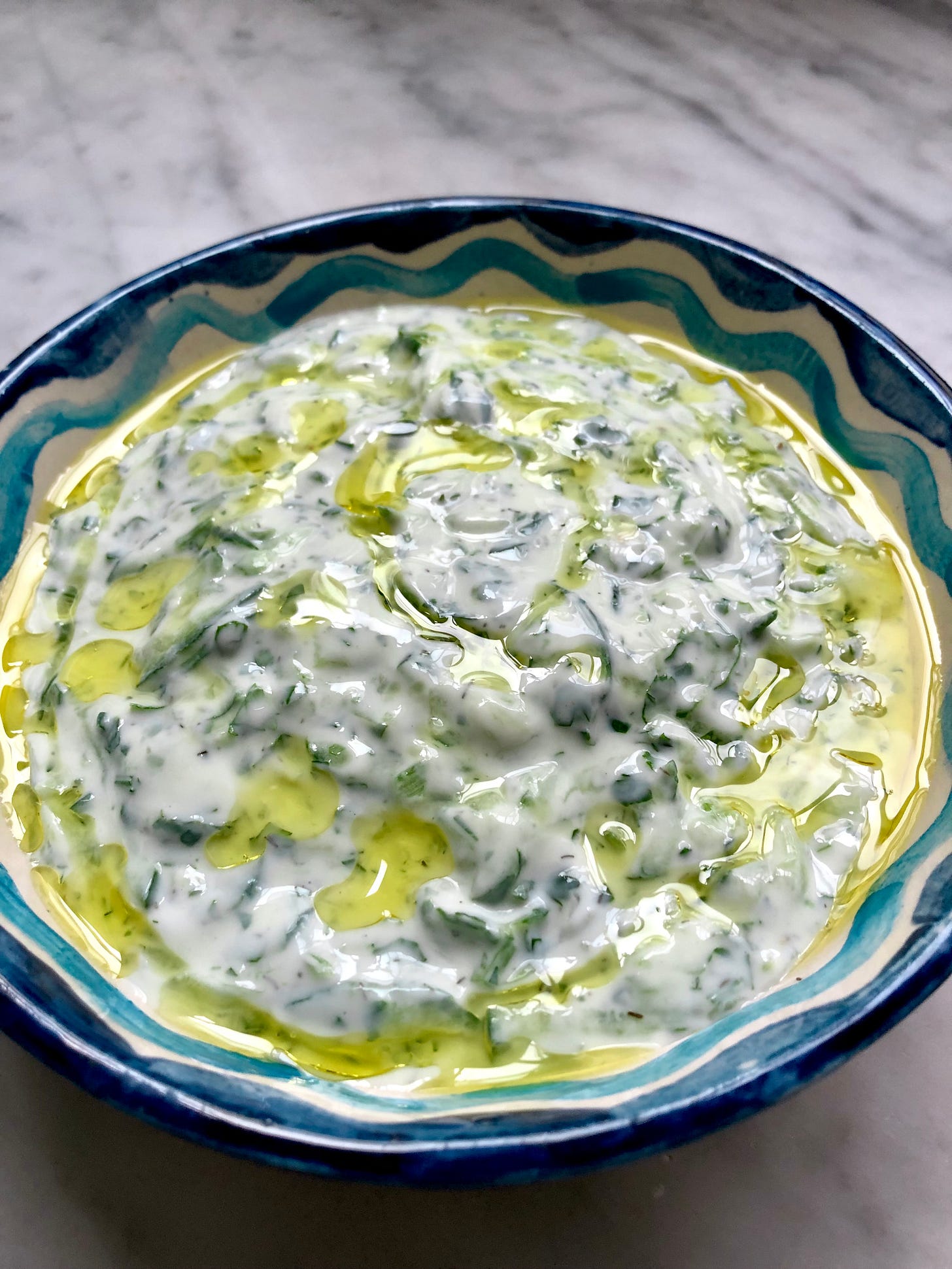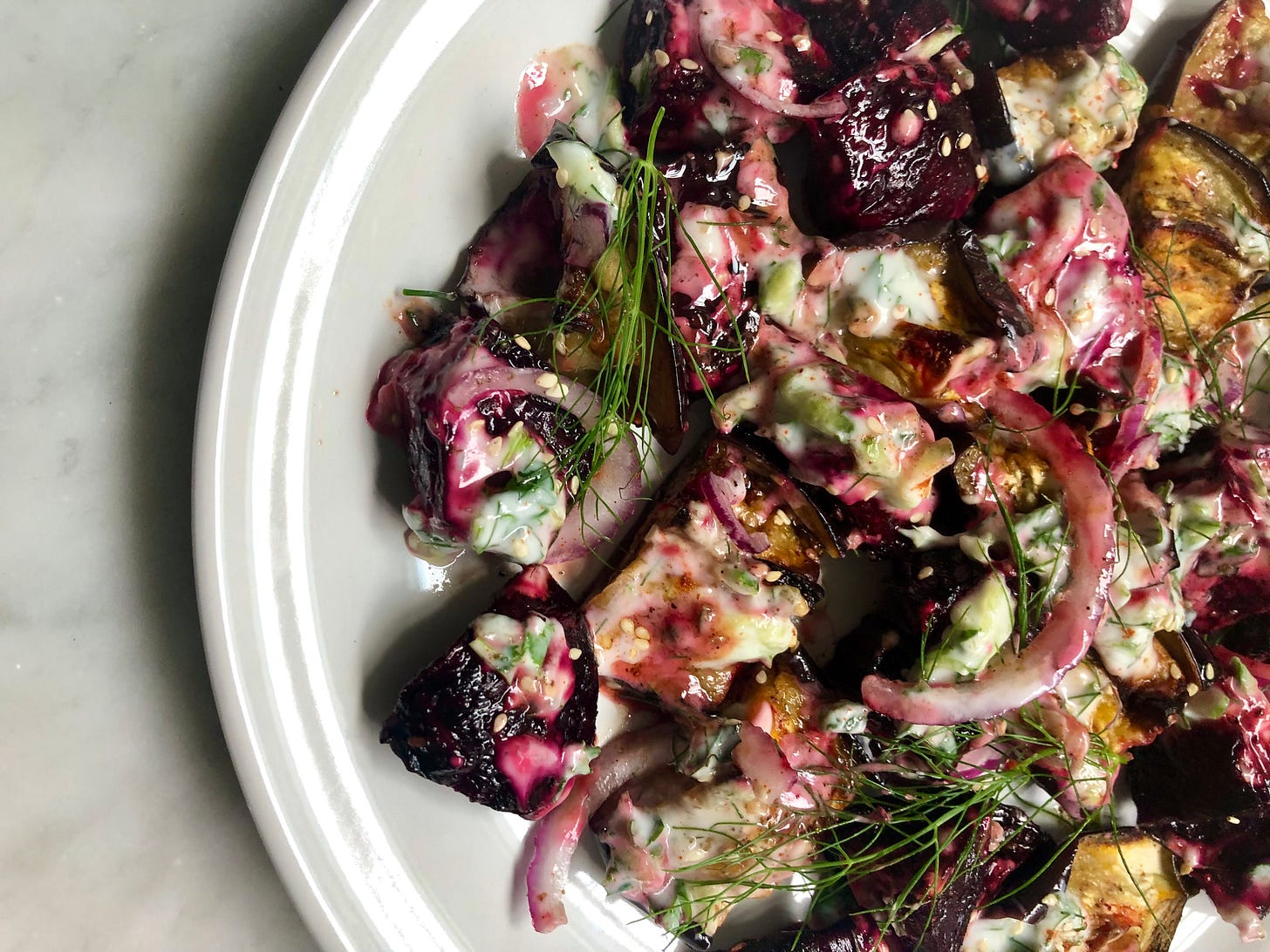This *free* video recipe is to try to convince those who have not yet decided to subscribe to the plus version of ATOLE NEWSLETTER but have considered it. The difference between this and the free version, is not exactly the punctuality of the publications (well, to be honest —not only to you, but to myself, because sometimes I overestimate myself— that is not my forte; and not for lack of commitment, but of time and material resources, that is why you should subscribe, please ✨), but the depth and richness of the content, the the little "extras" that will let you squeeze all the juice out of this publication: the recipes with my super detailed indications, tips, and comments. I promise you that I do not copy, paste, and (if anything) re-edit recipes whose results never look like the pictures. All the recipes in this newsletter are repeated and tested until the result is worthy of sharing. Then, taking as a starting point my successes and mistakes from that experience, I take you by the hand through the process, as if it were your mother, your grandmother, or your aunt who cooks delicious: with motherly love. On the one hand —and on the other— I share with you my professional insight about the world of restaurants and food in general: where to go, what to eat, what to drink, what to buy, what is really worth it and what is overrated, what to see, what to listen to, what to read, who to follow... etcetera, etcetera. Yes? 🐼 (Who can say no to a panda?)
CACIK
Although cacık —known in Turkish by that name and in Greek as tzatziki (among other similar dishes)— is not an uncommon meze, it is not necessarily a traditional accompaniment to falafel. I don't know when I first tasted these two things together, but from then on, I don't eat them any other way, I can't help it. I love how the flavors and textures of the two things complement each other through their contrasts: hot/cold, sour/fat, creaminess/density, freshness/boldness. Beyond overshadowing each other, the herbs and spices make each other shine (like women when we really connect). I like to eat the cacık on a croquette alone, but I also like it rolled in pita bread with hummus, salad, and pickles.
The first version of this salad I tried was made by my mom, who cooked hardly ever, but had a repertoire of about four or five things that she was really good at, and this was one of them. Her recipe called for thinly sliced cucumbers, a few spoonfuls of jocoque, lemon juice, salt, a clove of crushed garlic, dried dill and toasted sesame seeds. For a long time I prepared it the same way (since it became a recurring salad in my repertoire too, only mine is a bit more extensive), but then I modified some things that brought it closer to this meze.
I see this recipe as a continuation of the first one, but, in fact, they have separated so much from each other, that they are already two different salads —or, rather— different dishes, because, while the first one can stand on its own as a salad, the second one has a consistency closer to that of a sauce, which acts as a complement to something else.
The first thing I modified from the initial recipe, apparently, was that I removed the sesame seeds. I don't know when or why I made that decision, because, until a couple of days ago, I didn't even remember that it originally included it. Then —or maybe, at the same time— I changed the jocoque for a mixture of the latter and natural yogurt (in order to reduce the thickness of the mixture) and the dried dill for fresh mint. I also started to use Persian cucumbers (at least, when I could get them, since they were not so common in México) and to cut them in small cubes, instead of thin wedges. In this sense, I was missing a detail that, although it had not caught my attention until recently, now seems relevant to me, as it changes the texture of this dish drastically: the cucumbers are not cut, but grated.
Other important modifications I have made to this dish, have to do with the mix of herbs. At first —as I described above — I only used dried dill, because, besides the fact that I had learned the recipe that way, in México, it was not common to get it fresh (it still isn't that easy to get, although it is available in many more places). Then, I used only fresh mint —probably, influenced by Indian raitas, since at that time, I had a fixation with cooking curries. Now, I camp among herbs, trying to include at least two different ones, preferably fresh, but also dried —or a combination of both— depending on what I have on hand. In addition to mint and dill, I may also include cilantro.
Ingredients:
Note: the quantities in this recipe are completely at your discretion. Mix and taste, little by little. Do not be afraid. This is a type of recipe with which, without further complication, you can take advantage of to exercise your culinary instincts. Rather, pay attention to the ingredients and use all your senses: see, smell, listen, touch, eat...
Cucumbers *You can use Persian, European, or conventional (which are the largest), but, if you use the third ones, do not forget to remove the seeds so that the mixture does not become too watery. The peel, on the other hand, does not need to be removed, on the contrary, it gives a much better texture (unless your stomach does not agree with them, then don’t. We don't want you burping all afternoon).
Jocoque, Greek yogurt or plain yogurt *Do not use the one I used because, although it clearly said on the pot that it did not contain "added sugar" (whatever that means) the yogurt was a little sweet (I really do not understand this logic; why a brand would assume that when a person chooses a product that explicitly says it is not sweet, they secretly want it to be?) If you do not want this kind of surprises never buy anything from the Yoplait family, because apparently, they do not know how to make yogurt without sugar. To be honest, the natural yogurt I like the most for cooking is the one from Alpura (just be sure it literally says without sugar, because now they have a sweetened version), because it is the only one I am sure is not sweet and I like the consistency; most Greek yogurts that I have tried seem a bit too greasy and dense to me, There are also some organic natural yogurts that are good, like Flor de Alfalfa (though the last time I bought it the consistency was a bit gelatinous). And here's an extra trick: if you want the consistency of natural yogurt to be more like jocoque, add a little bit of salt and then put it to drain overnight in a fine sieve or cheesecloth.
Crushed garlic *Here I am going to give you a tip with the quantity, because garlic can be an ambiguous subject, in part, because its intensity can vary almost as much as the spiciness of a poblano. For the most common type of garlic you can find in México, I would calculate one medium-small clove per cup of yogurt. This is a standard amount, from there you can add or subtract, depending on your taste.
Scents: mint, cilantro and/or dill. *Work with what you have, the only herb I do not recommend using dried, is cilantro —unless you have cilantro seeds on hand, because those do add an interesting touch to the mixture (in which case: crush them in a mortar or pestle and add a moderate pinch, because the flavor is much more intense than that of the herb). And, if you want even more flavor, you can sprinkle a little za'atar to the final result.
Lemon juice *The type of lemon traditionally used is the one we know here as yellow or eureka, which is a little sweeter and gives it a different touch, but use the one you like the most or have on hand, and adjust the sharpness to your palate.
Toasted sesame seeds.
Salt.
A drizzle of olive oil to cover at the end.
And, so you can see a little bit more of what you are missing by not subscribing to plus version of ATOLE, here is another recipe I made this week with what I had left over from the last batch of cacık and a couple of vegetables I had in the fridge...
Cut the vegetables into large squares, place them on a baking sheet (together or separately, it doesn't matter), drizzle olive oil, za'atar, paprika and sea salt over them, and bake them in the oven for about 30 minutes at 180ºC (350ºF) or until the vegetables are soft on the inside and golden brown on the outside.
Place the vegetables on a plate and add sliced red onion, toasted sesame seeds and sprigs of dill, parsley and/or mint for garnish.





